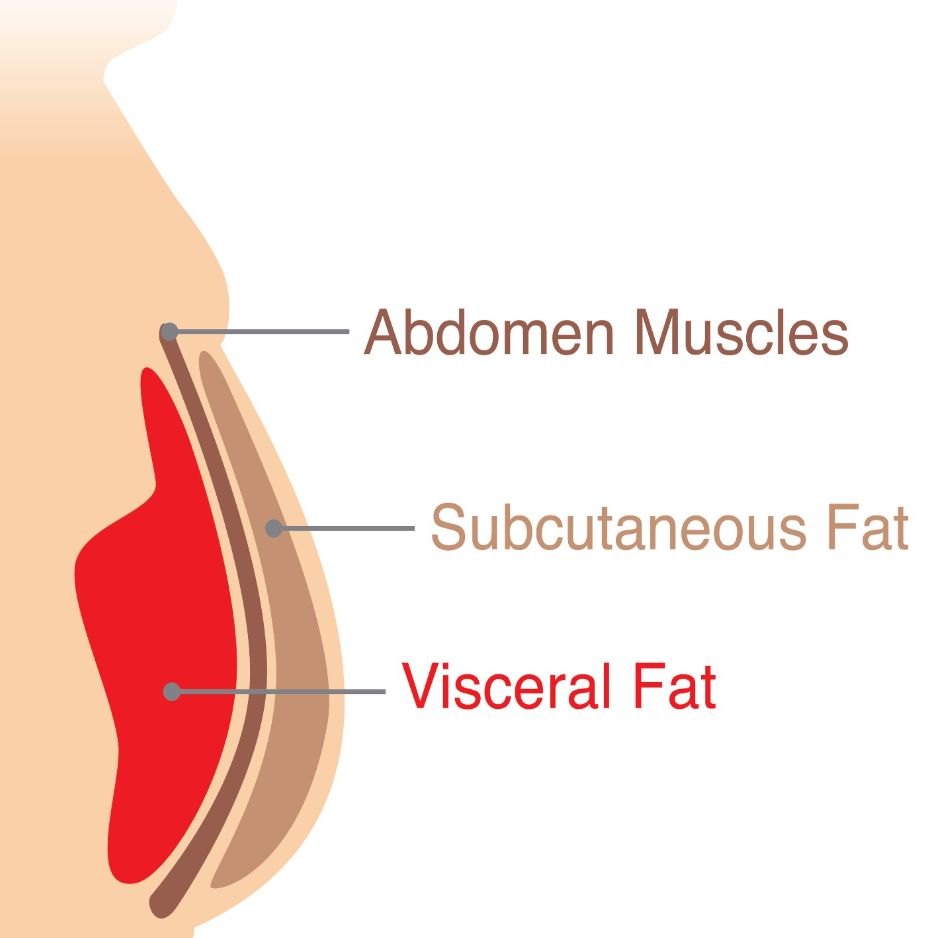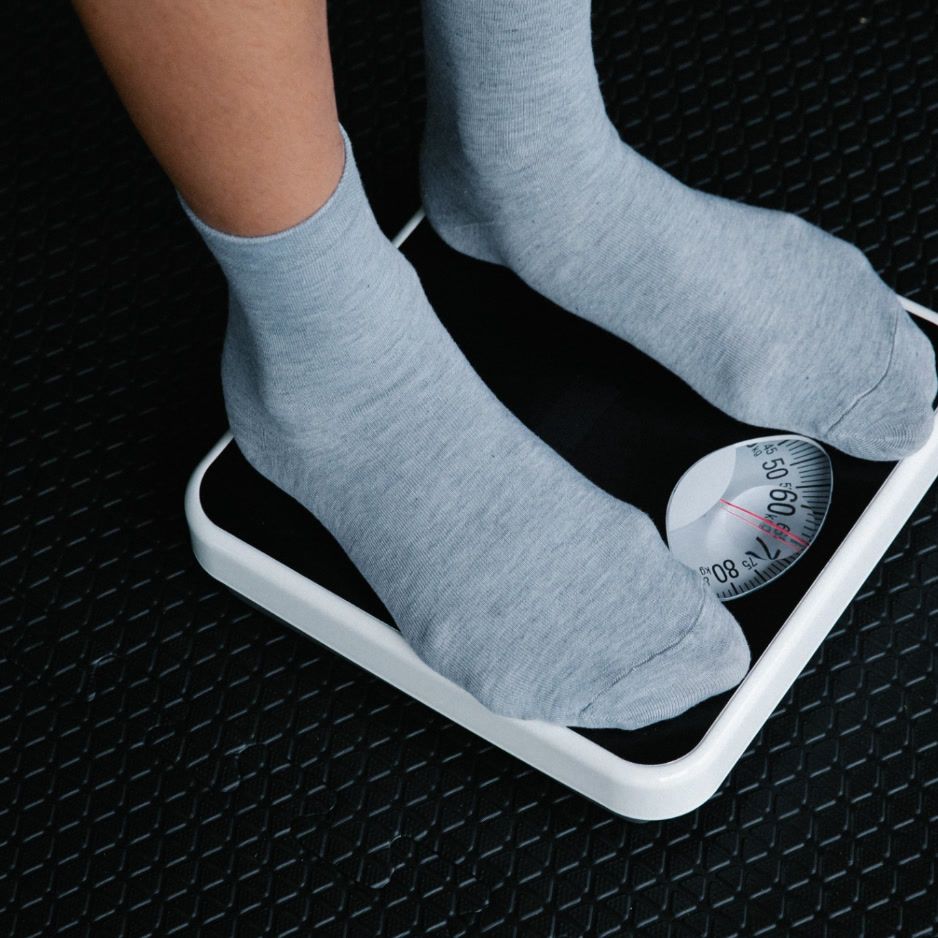Supplements for Joint Health: 2025 Evidence-Based Guide
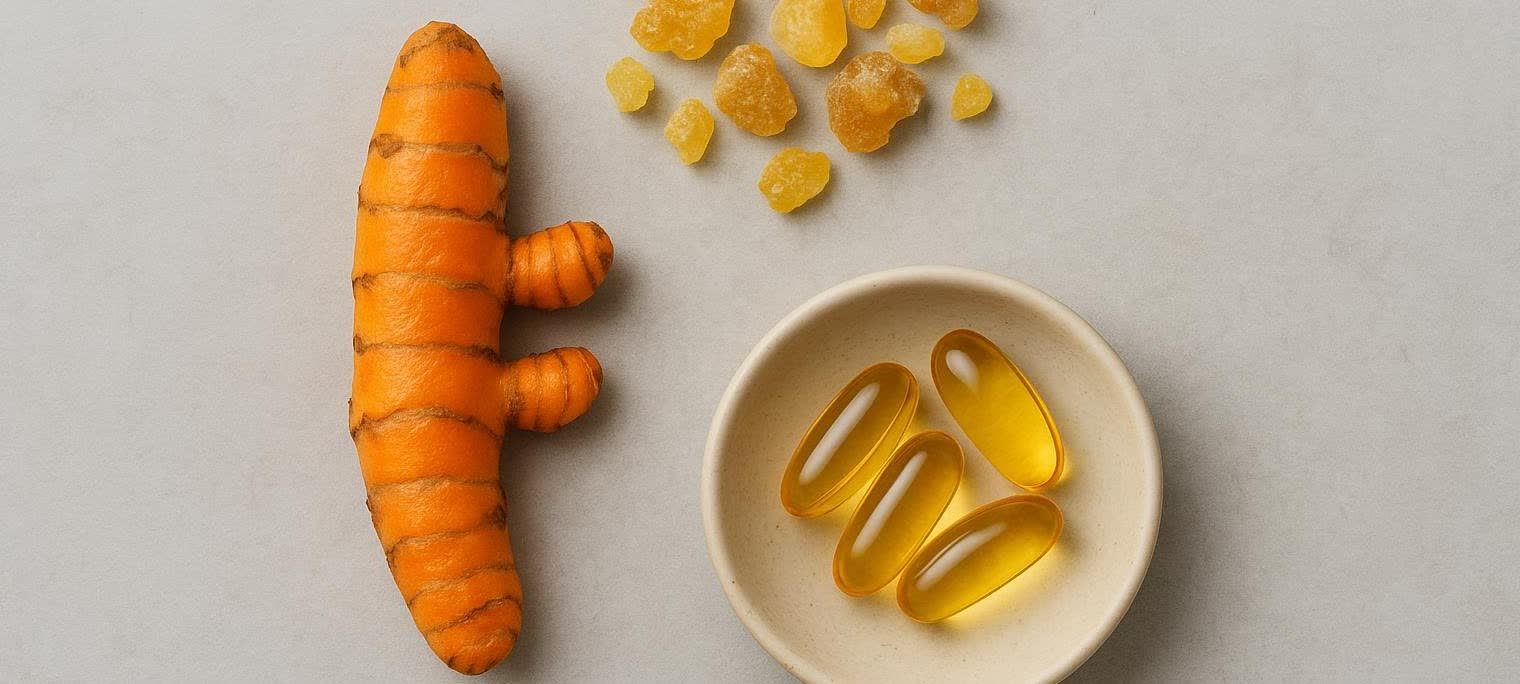
Supplements for Joint Health: A 2025 Evidence-Based Guide
Last updated October 2025
If you’re noticing that stairs feel creakier or mornings are stiffer, you’re not alone; see our primer on joint pain causes and relief. Supplements for joint health are everywhere—but which ones actually help, what dose should you take, and how long until you feel a difference? This guide distills current evidence, typical study doses, safety tips, and practical step-by-step protocols you can discuss with your clinician.
Important: Supplements can interact with medications and are not a replacement for prescribed treatments. Always confirm fit and dosing with your healthcare provider.
Joint Supplements at a Glance (Quick-Compare Table)
| Supplement | Best Supported For | Typical Study Dose(s) | Time to Notice | Key Safety Notes | Evidence Snapshot |
|---|---|---|---|---|---|
| Glucosamine sulfate | Knee OA symptoms | 1500 mg/day (often as 500 mg × 3) | 6–12 weeks | Possible interaction with warfarin; choose sulfate form | Mixed overall; some benefits in certain analyses and products (Cochrane; Mayo Clinic) |
| Chondroitin sulfate | Knee OA symptoms | 1200 mg/day (often 400 mg × 3) | 6–12 weeks | Generally well tolerated | Small short-term pain/function gains; heterogeneity across trials (Cochrane) |
| Glucosamine + Chondroitin | Knee OA (select subgroups) | 1500 mg + 1200 mg/day | 6–12 weeks | Warfarin interaction risk; monitor | No overall benefit vs placebo in GAIT; subgroup with moderate-to-severe pain improved (GAIT) |
| Turmeric/Curcumin | Knee OA pain/function | 1000–1500 mg/day curcumin extract; consider bioavailability-enhanced forms | 4–8 weeks | GI upset in some; piperine increases absorption and may increase the risk of drug interactions | Multiple RCTs positive; BE formulas and add-on therapy rank highly (a network meta-analysis; Arthritis Foundation overview) |
| Omega-3 (EPA/DHA) | RA symptom adjunct; general anti-inflammatory support | Doses vary; FDA regards up to 5 g/day EPA+DHA as safe for most adults | 8–12+ weeks | Bleeding risk at high intakes; med review if on anticoagulants/antiplatelets | Small reductions in pain and NSAID use in RA; evidence quality mixed (meta-analysis; NIH ODS) |
| Boswellia serrata extract | OA pain/stiffness/function | 100–250 mg/day (standardized extracts) | ≥4 weeks | Generally favorable safety in RCTs | Significant improvements vs placebo across multiple indices (a 2020 meta-analysis of Boswellia trials) |
| UC-II (undenatured type II collagen) | Early knee OA, joint comfort | 40 mg/day | 8–12 weeks | Well tolerated in trials | Promising symptom relief and function gains; more large RCTs needed (a 2023 review and meta-analysis) |
| SAM-e | OA pain relief comparable to NSAIDs in some trials | ~1200 mg/day (divided) | Several weeks | Medication interactions possible; clinician guidance advised | Evidence from RCTs suggests benefit; monitor tolerance (Arthritis Foundation) |
| MSM | Knee OA | Doses vary; evidence insufficient | — | Generally safe at studied doses | Combinations with MSM may reduce pain, but certainty is low (a network meta-analysis) |
Note: Doses shown reflect amounts used in notable trials; your optimal dose and timeline should be personalized with your clinician.
In-Depth Supplement Analysis
Glucosamine and Chondroitin

- What we know: In the large GAIT trial, glucosamine (1500 mg/day), chondroitin (1200 mg/day), or their combination did not beat placebo for knee OA pain overall; the arm receiving prescription medication was effective (GAIT). Cochrane reviews find mixed results—some small improvements (often with specific preparations) and heterogeneity across studies (Cochrane—glucosamine; Cochrane—chondroitin).
- Dosage and safety notes: If you and your clinician choose a trial, consider the sulfate forms used in many studies (1500 mg glucosamine sulfate + 1200 mg chondroitin sulfate daily) and reassess after 8–12 weeks. Note a potential interaction with warfarin (bleeding risk); monitor INR closely if applicable (Mayo Clinic on glucosamine).
Turmeric/Curcumin (consider bioavailability)
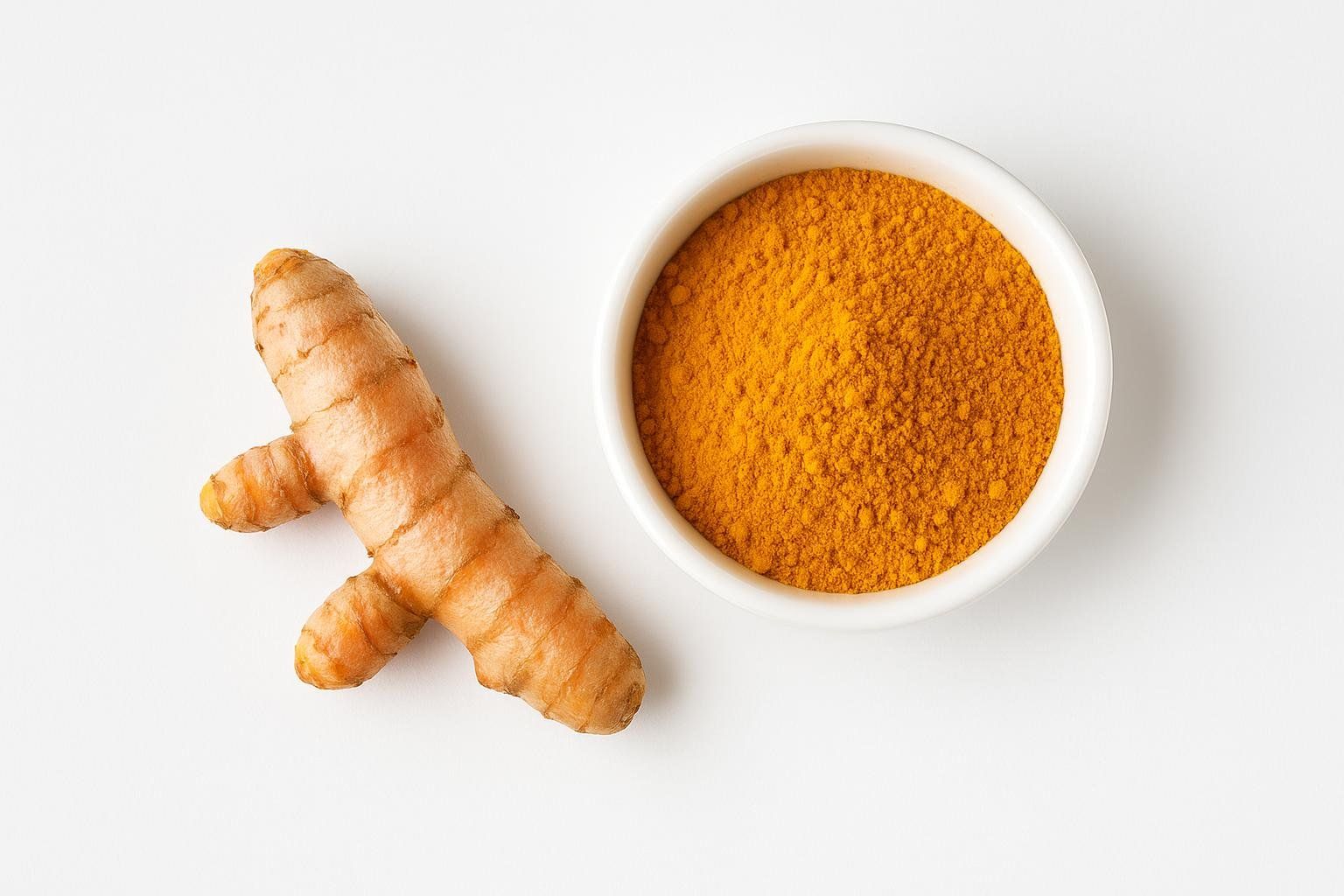
- What we know: Multiple RCTs support curcumin for knee OA pain. A recent network meta-analysis found broad benefit across preparations. It also reported greater improvements when curcumin was added to standard drugs. Bioavailability-enhanced products ranked well overall (a network meta-analysis). Piperine can dramatically improve curcumin absorption, which may increase the risk of drug interactions (Human piperine–curcumin trial). The Arthritis Foundation notes that ~1500 mg/day curcumin extract has performed similarly to ibuprofen for knee OA pain in studies (Arthritis Foundation overview).
- Dosage and safety notes: Consider 1000–1500 mg/day curcumin extract (or a bioavailability-enhanced form per label) with food and reassess in 4–8 weeks. If you use piperine-containing products, review medications with your clinician. GI upset is possible; interactions may occur.
Omega-3s (EPA/DHA)
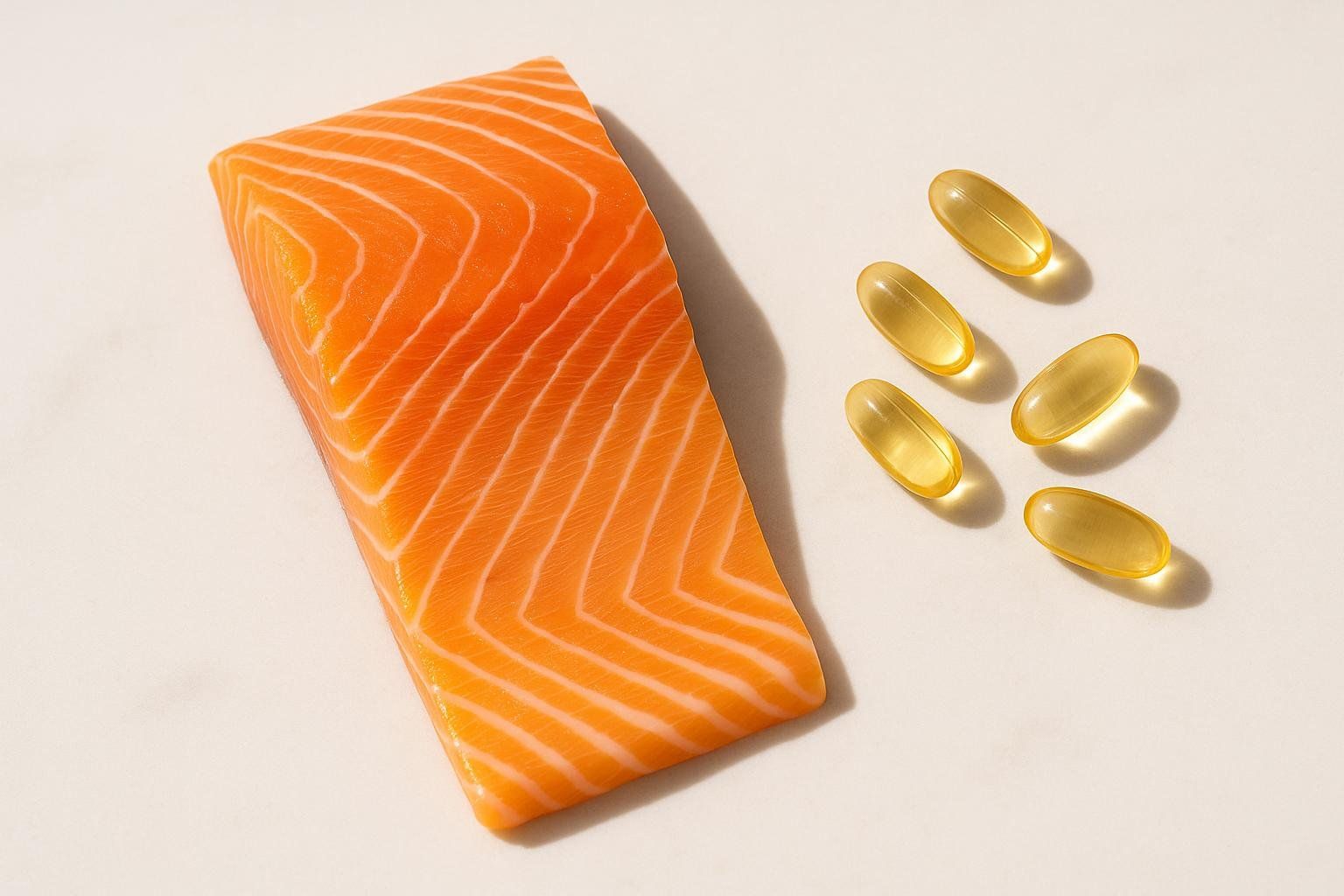
- What we know: For rheumatoid arthritis, pooled analyses show small reductions in pain and tender/swollen joint counts, and potentially lower NSAID use, though overall certainty is low to very low (meta-analysis). The NIH ODS notes that up to 5 g/day of combined EPA+DHA is considered safe by FDA/EFSA for most adults, but bleeding risk rises with high doses and drug combinations (NIH ODS fact sheet).
- Dosage and safety notes: Discuss dosing with your clinician based on your diagnosis and meds; reassess after 8–12 weeks. Prioritize products that specify EPA and DHA amounts per serving. Review anticoagulants/antiplatelets and surgery timing; watch for GI side effects.
Boswellia serrata

- What we know: Across randomized trials, standardized Boswellia extracts reduced pain and stiffness and improved function compared with control, with benefits often emerging by 4 weeks (a 2020 meta-analysis of Boswellia trials).
- Dosage and safety notes: Standardized extracts at 100–250 mg/day are common in trials; reassess after 4–8 weeks. Generally well tolerated; confirm product quality and standardization.
Collagen (Undenatured Type II, UC-II)

- What we know: UC-II (40 mg/day) shows promise for early knee OA, with improvements in pain (VAS), WOMAC, and walk tests vs placebo or glucosamine/chondroitin in some studies, though the evidence base is still limited and larger RCTs are needed (a 2023 review and meta-analysis).
- Dosage and safety notes: 40 mg/day UC-II; give it 8–12 weeks before judging effect. UC-II was well tolerated in trials, with a side effect profile comparable to placebo.
SAM-e (S-adenosyl-methionine)

- What we know: Some trials suggest SAM-e can reduce OA pain similarly to NSAIDs, with a more favorable GI side-effect profile in many users; it may also provide mood benefits in some people (Arthritis Foundation).
- Dosage and safety notes: Typical studied dose is around 1200 mg/day, often divided. It can take several weeks to see full effects. Potential medication interactions—coordinate with your clinician.
MSM (methylsulfonylmethane)
- What we know: Evidence for knee OA pain relief is limited and variable in quality. A network meta-analysis suggests combinations with MSM may reduce pain, but certainty is low (a network meta-analysis).
- Dosage and safety notes: If you and your clinician still wish to test MSM, use a defined 8–12 week window and track pain/function closely to judge benefit. Generally well tolerated at studied doses; prioritize third-party tested products.
Step-by-Step Protocols by Goal
These are illustrative scenarios that combine evidence, safety, and practicality. They are not instructions. Always personalize with your healthcare provider.
Protocol for Knee Osteoarthritis Relief
(Example: age 65, aiming to garden and walk comfortably again.)

- Week 0: Baseline and setup
- Confirm meds and interactions; if on warfarin or other anticoagulants, review glucosamine/chondroitin and omega-3 risks.
- Start low-impact movement (e.g., short daily walks or water aerobics).
- Weeks 1–8: Trial a core supplement
- Curcumin 1000–1500 mg/day (bioavailability-enhanced if possible) for 8 weeks.
- Optional: Add a glucosamine/chondroitin sulfate supplement; reassess after 8–12 weeks.
- Weeks 9–12: If response is partial
- Consider adding standardized Boswellia 100–250 mg/day (benefits often by 4 weeks).
- Explore strengthening that’s gentle on joints (consider water aerobics for joint-friendly training).
- Beyond 12 weeks: If symptoms persist
- Discuss a trial of UC-II 40 mg/day for 8–12 weeks.
- Revisit overall plan (exercise, sleep, improving your body composition) and support your plan with our anti-inflammatory foods guide.
Protocol for Endurance Training and Joint Comfort
(Example: age 42, marathoner balancing mileage and joint recovery.)
- Daily
- Consider UC-II 40 mg/day for joint comfort in training blocks.
- During peak mileage (4–8 weeks)
- Curcumin 1000–1500 mg/day to manage knee soreness.
- Weekly cross-training
- Add 1–2 water workouts to unload joints while maintaining aerobic fitness.
- Strength work (2–3x/week)
- Include quad-focused, joint-friendly training (see our guide to knees-over-toes progressions).
- Quality control
- Choose third-party tested products (NSF/USP/Informed Choice) to minimize contamination risk.
Protocol for RA Symptom Support (Adjunctive)
(Example: age 38, early RA seeking natural adjuncts with her rheumatologist.)
- Coordinate care
- Align with your rheumatologist—supplements are adjuncts, not replacements for DMARDs/biologics.
- Omega-3s
- Discuss an EPA/DHA plan; expect modest symptom benefits and possible NSAID-sparing effects.
- Curcumin
- Consider a bioavailability-enhanced formula; monitor for GI tolerance and drug interactions, especially with piperine.
- Track and review
- Share periodic symptom scores and lab markers (e.g., CRP) with your clinician.
How to choose a quality joint supplement
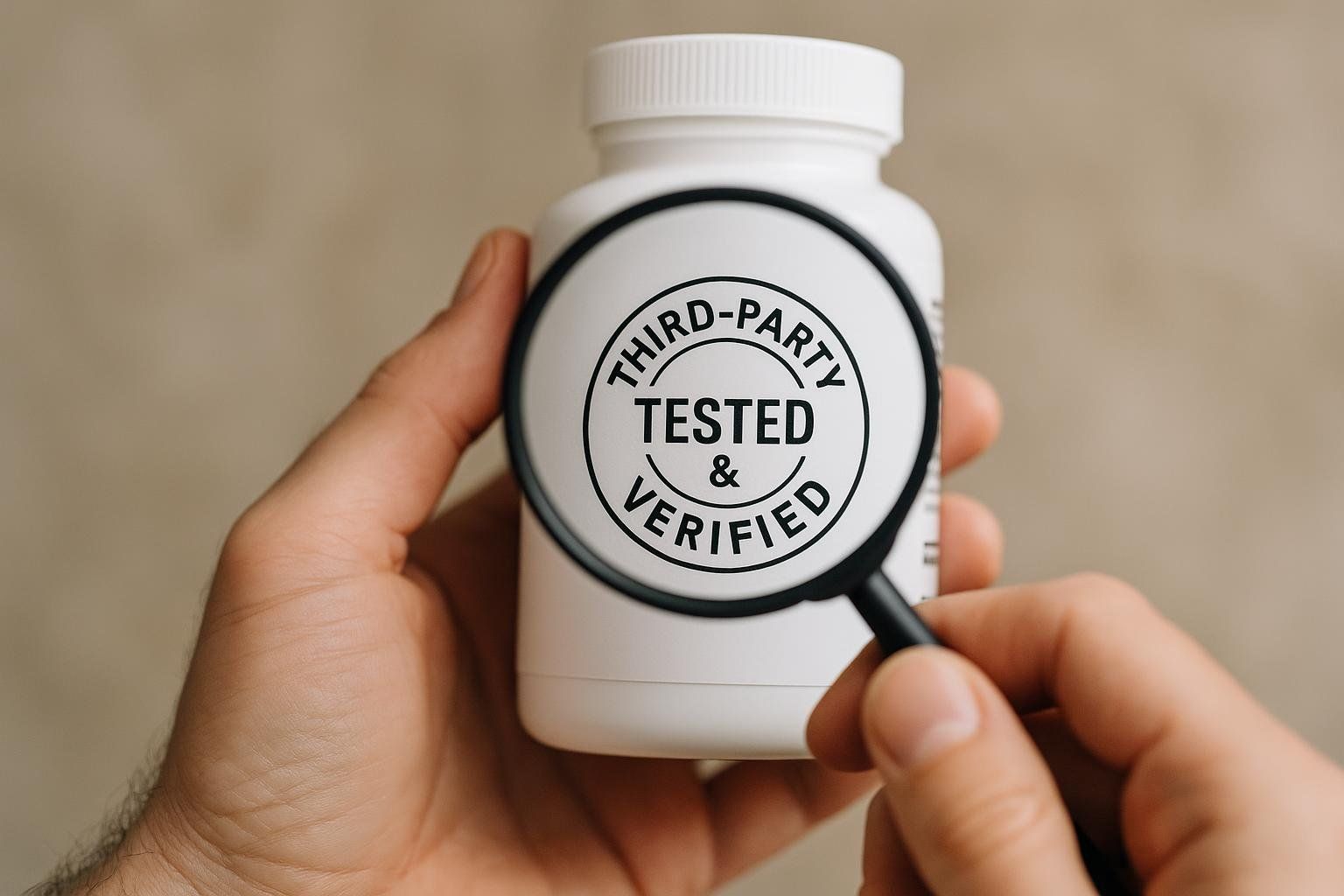
- Prefer the studied forms: glucosamine sulfate (not HCl) when trialing glucosamine for OA.
- Look for standardization: e.g., Boswellia extracts should specify active boswellic acids/AKBA content.
- Consider bioavailability: curcumin with piperine or specialized delivery forms can improve absorption—review meds first due to interaction potential.
- Third-party testing: Choose NSF Certified for Sport, USP Verified, or Informed Choice certifications, which help verify ingredient purity, dosage accuracy, and freedom from common contaminants.
- Start one supplement at a time to accurately attribute any benefits or side effects.
FAQ
How long should I try a supplement before deciding if it works?
Most products are assessed after 4–12 weeks: curcumin (~4–8 weeks), Boswellia (≥4 weeks), glucosamine/chondroitin (8–12 weeks), UC-II (8–12 weeks).
Can I combine supplements?
Yes, some combinations are common (e.g., glucosamine + chondroitin; curcumin alongside standard analgesics). Always review meds and interactions first.
Do these rebuild cartilage?
Some studies suggest slowed joint space narrowing with certain preparations, but consistent cartilage regrowth is unproven. Focus on symptom control and function gains.
Who should avoid or use extra caution?
- People on warfarin should be cautious with glucosamine/chondroitin.
- Anyone on anticoagulant/antiplatelet therapy should discuss omega-3 dosing.
- If using curcumin with piperine, review potential drug interactions.
How can I measure progress beyond “it feels better”?
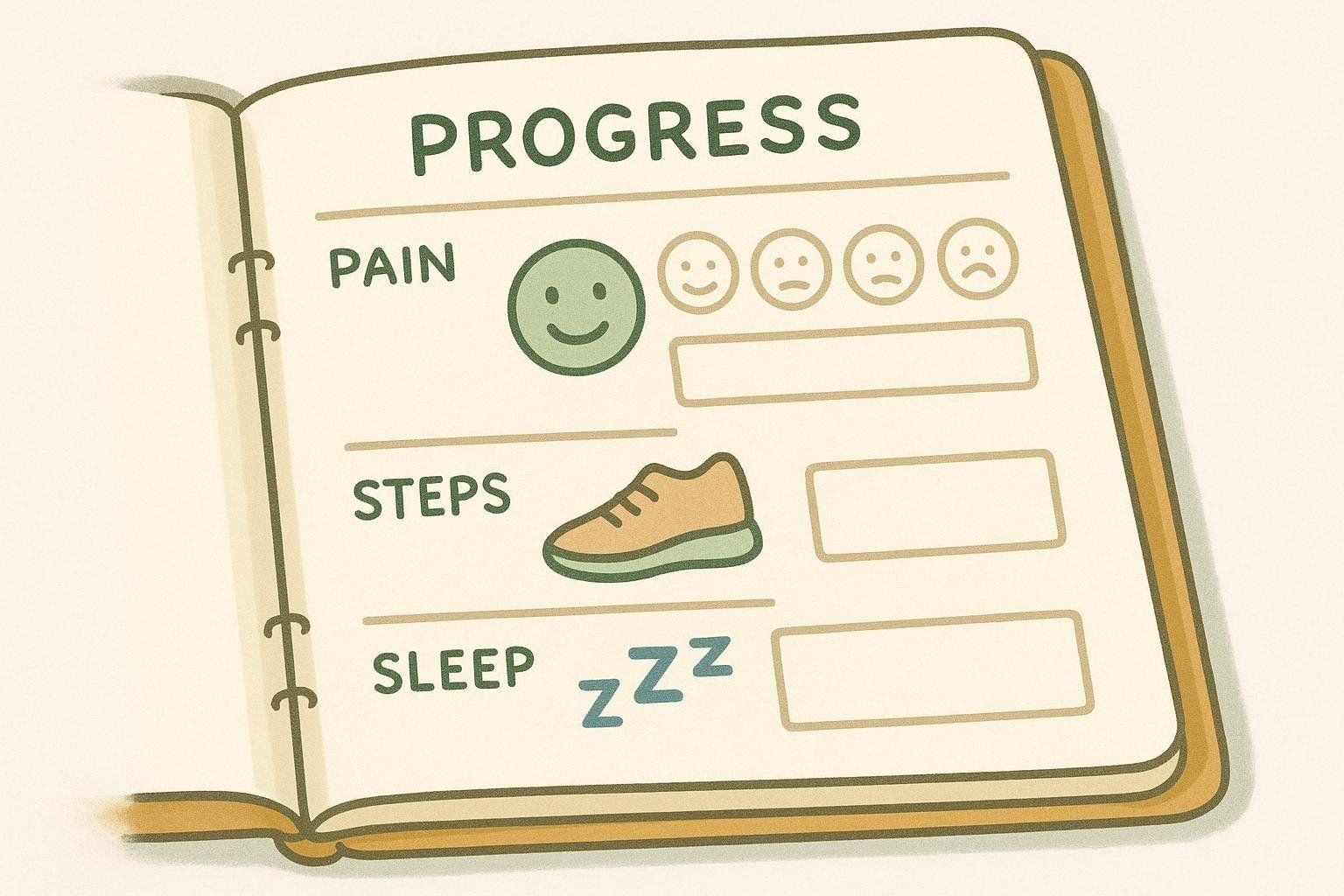
Track weekly pain/function scores (e.g., the WOMAC index for arthritis or a 0–10 pain scale), morning stiffness duration, step counts, and analgesic use. Keep other variables steady (sleep, activity) during a 4–12 week trial to better understand if the supplement is causing the changes you feel.
The bottom line
- For osteoarthritis, curcumin and Boswellia have encouraging evidence for pain and function; glucosamine/chondroitin may help some, but results are mixed.
- For rheumatoid arthritis, omega-3s can provide small adjunctive benefits; coordinate dosing with your rheumatology team.
- UC-II shows promise for knee comfort at very low dose but needs larger trials.
- SAM-e is a plausible option for OA pain with a favorable GI profile for many; monitor for interactions.
- MSM currently lacks strong support.
Pair any supplement plan with proven lifestyle levers—strength training, joint-friendly cardio, sleep, and an anti-inflammatory diet—and reassess every 8–12 weeks.
Ready to get data-driven about your joints? Book a BodySpec DEXA scan to track lean mass, visceral fat, and bone density—and see how your plan is working.
